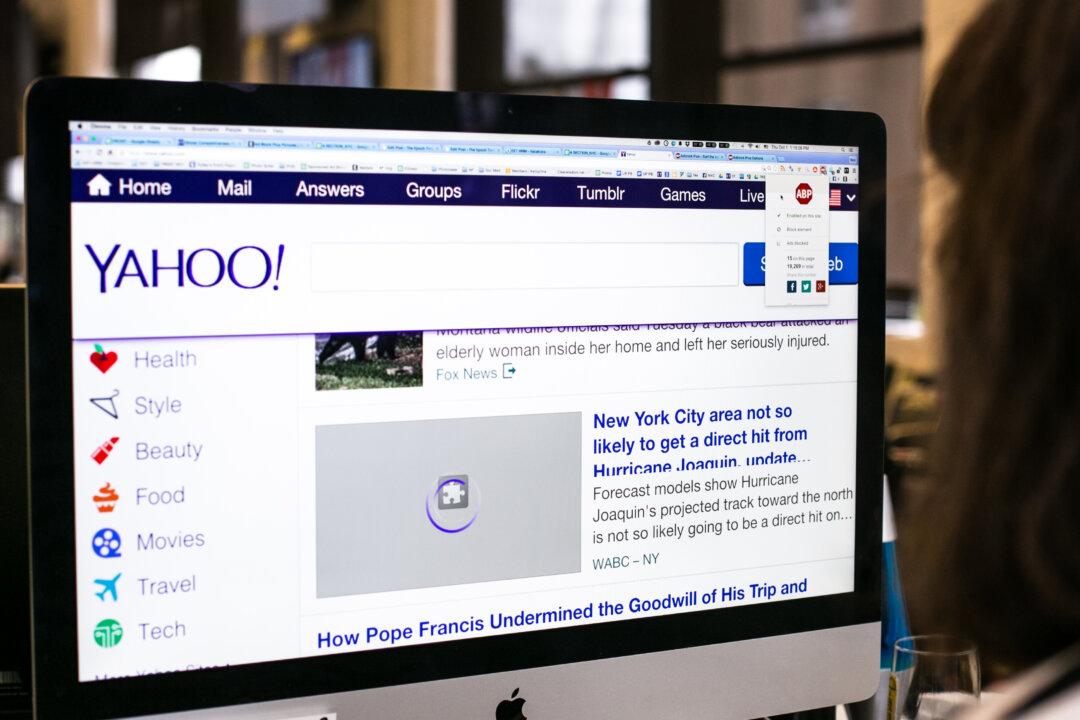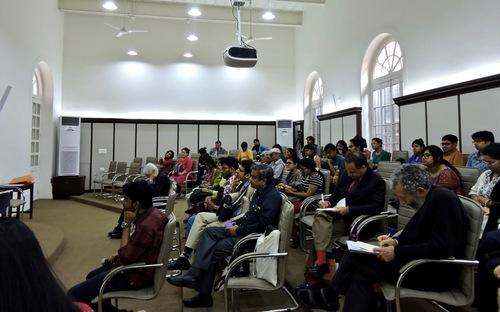In Internet years, ad blocking has been around since time immemorial. The Danish developer Henrik Aasted Sorensen created the first popular ad-blocking extension in 2002, and soon ad-free browsing had become de rigueur among Web geeks. By 2014, there were 144 million ad-block users around the world, which included a whopping 41 percent of the 18- to 29-year-old demographic, an Adobe report found.
But for digital publishers, the dent in their ad revenue was marginal.
Only a small fraction of readers used ad blockers, and desktop browsing was about to be overtaken by mobile, where ad blocking was available only on separate, niche browser apps that were rarely used.
A report released last month by the ad-block blocking service Sourcepoint found that only 0.1 percent of mobile ads were blocked in the United States, compared to 12 percent of desktop ads.
But cautious indifference quickly turned into panic and outrage when Apple decided to green-light ad-blocking browser extensions for iOS 9, Apple’s new operating system installed in iPhone 6 devices.
When the update came, ad-block extensions for Safari shot up straight to the top of the paid app charts, inspiring journalists to compare ad blocking to Napster, fraud, and even outright theft.
“I’m seriously thinking of robbing your store at the local mall,” Fortune Magazine’s Dan Primack wrote in an open letter to Apple. “Consider my pending pilfer to be the sincerest form of flattery.”





